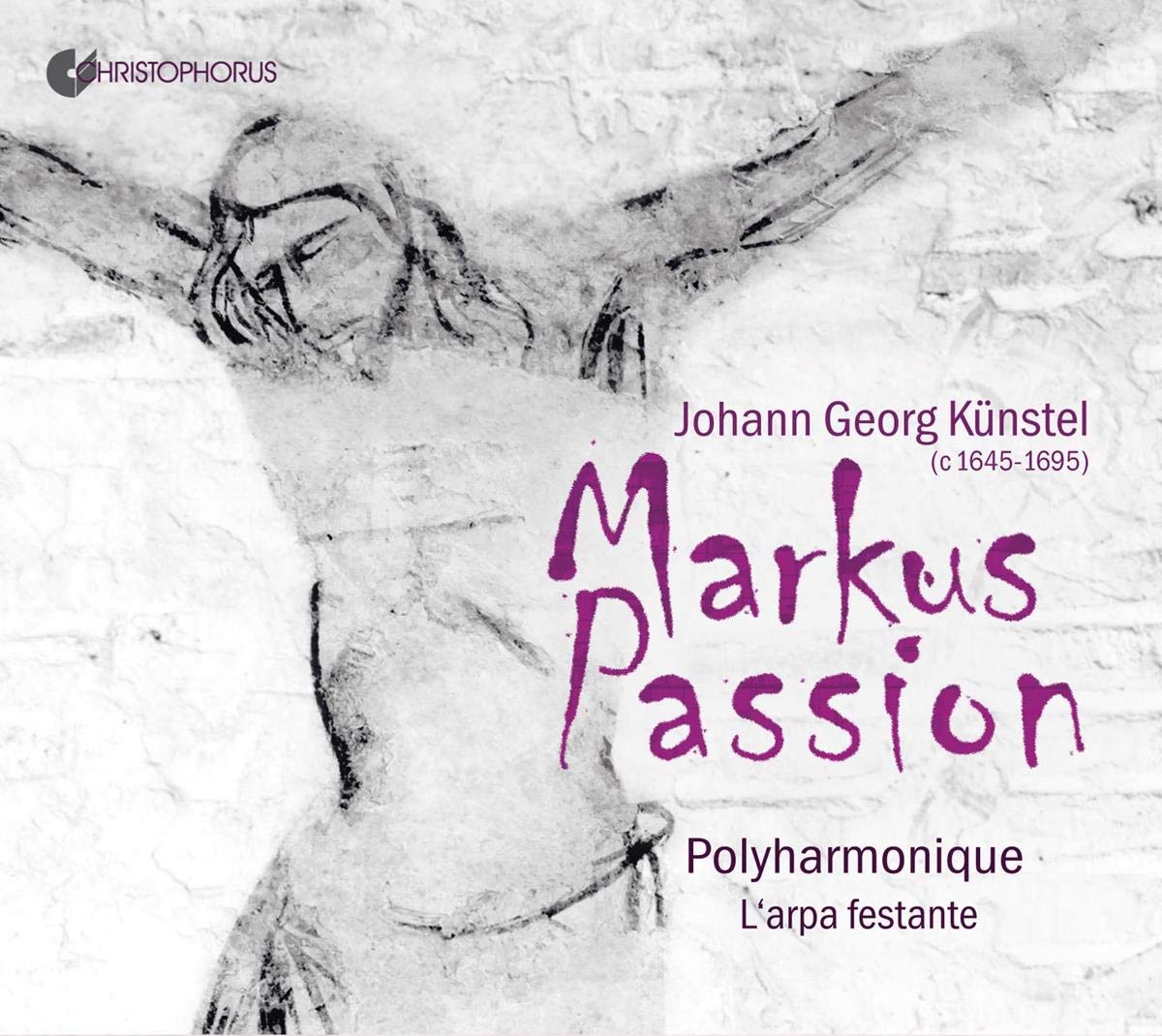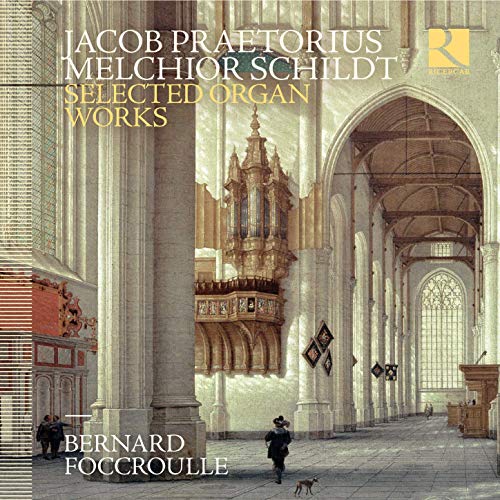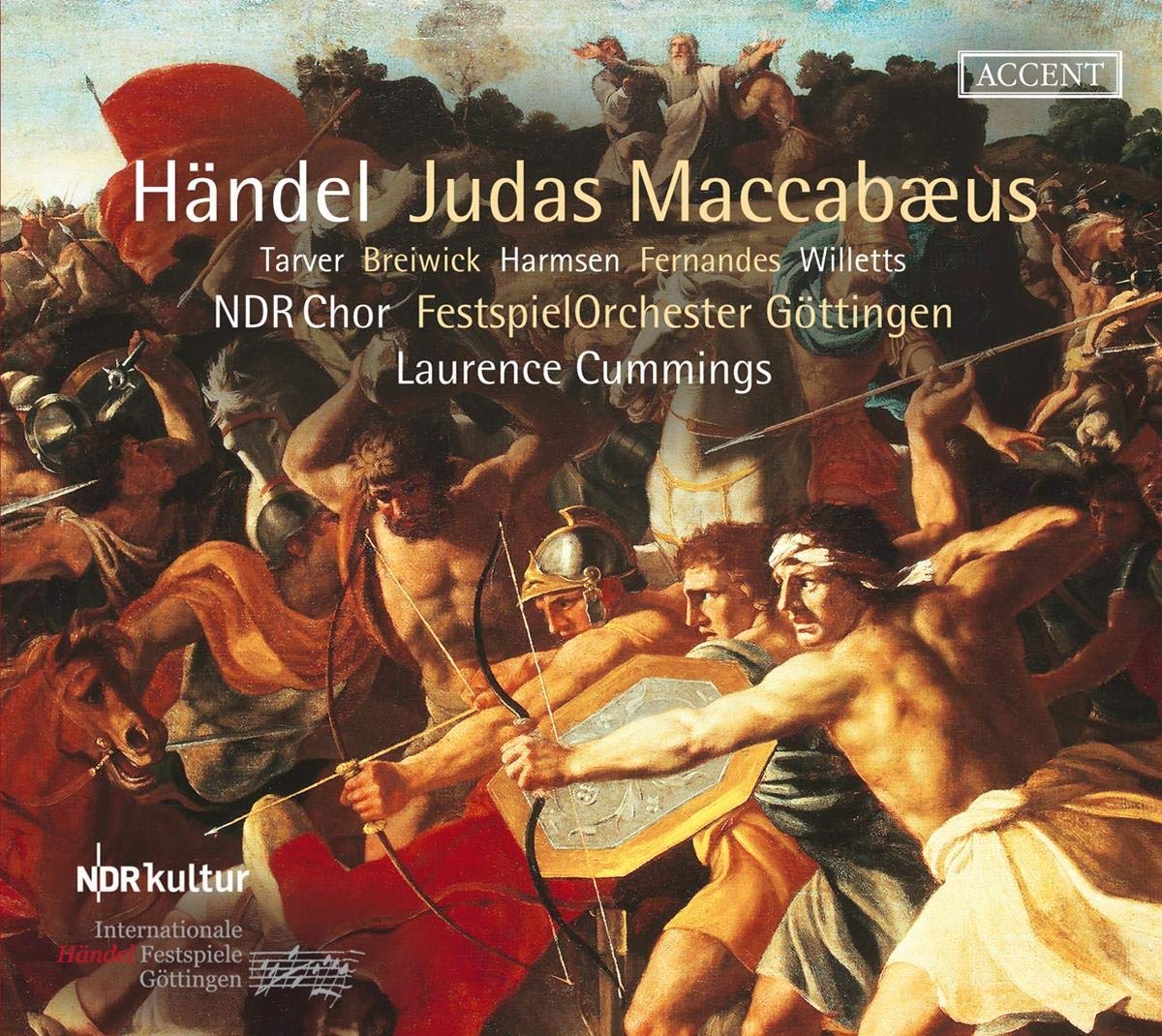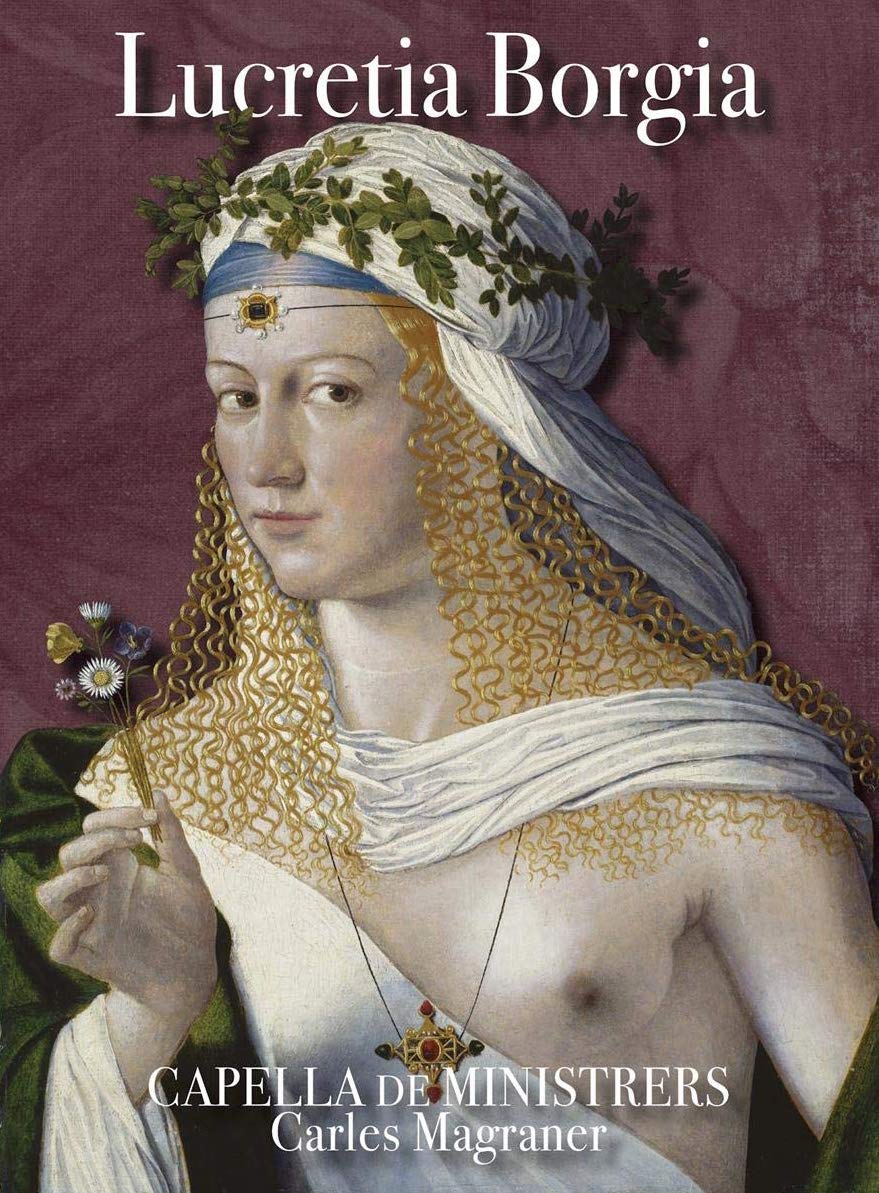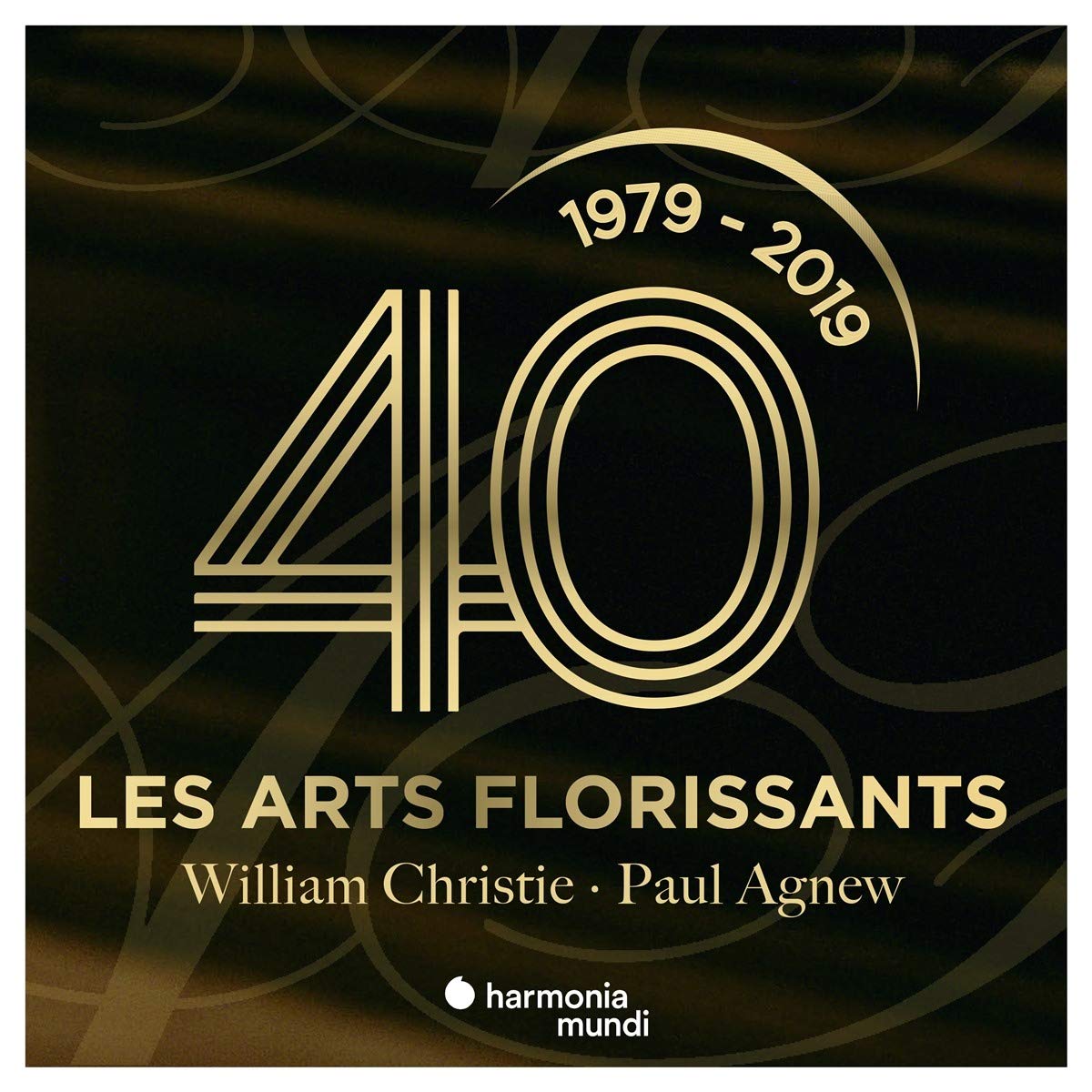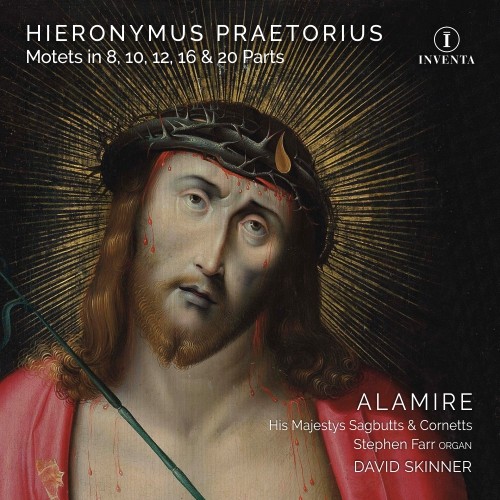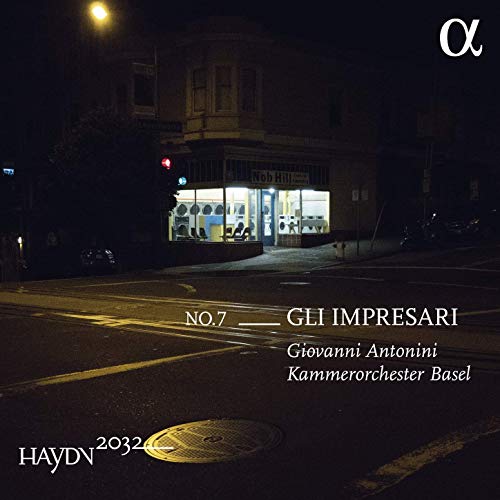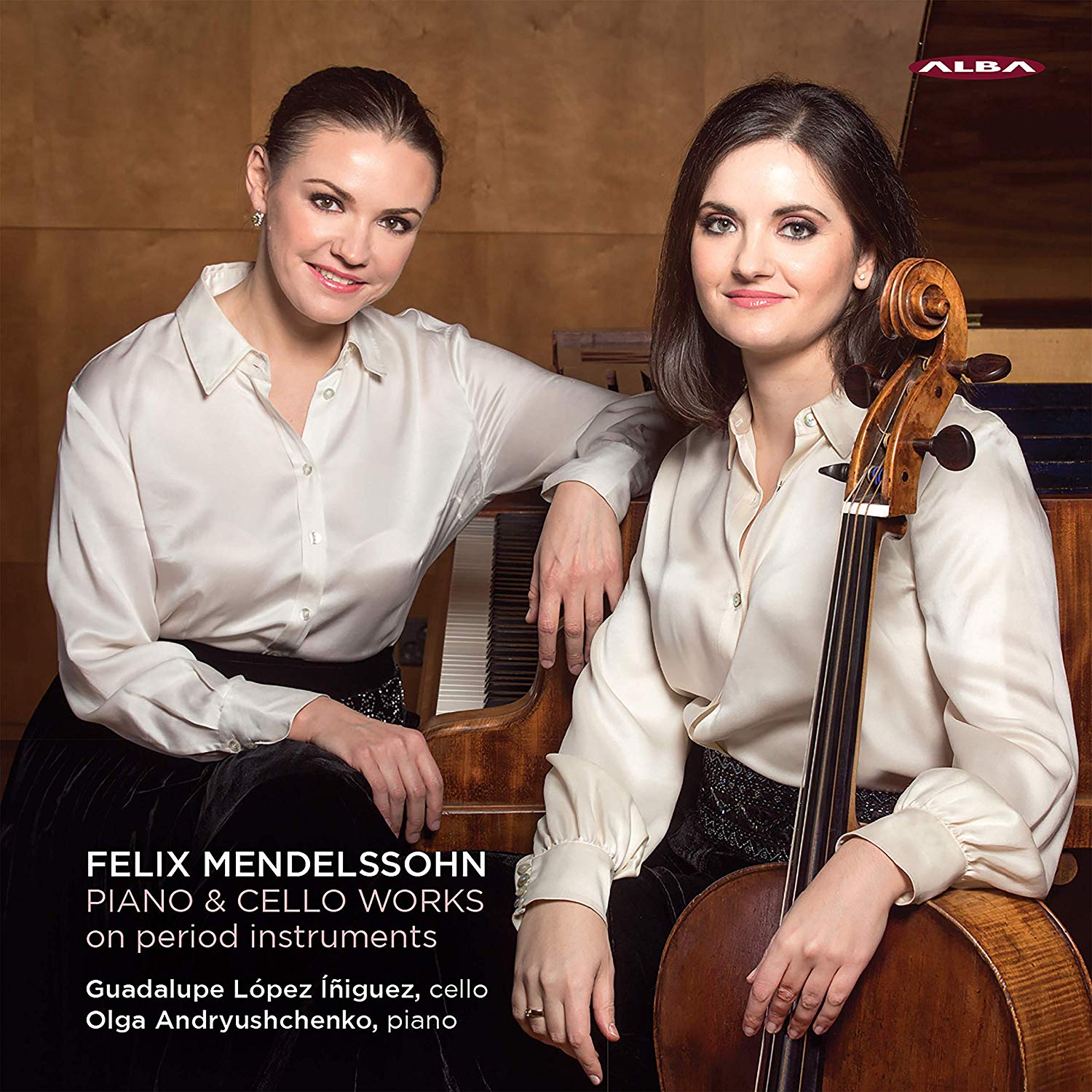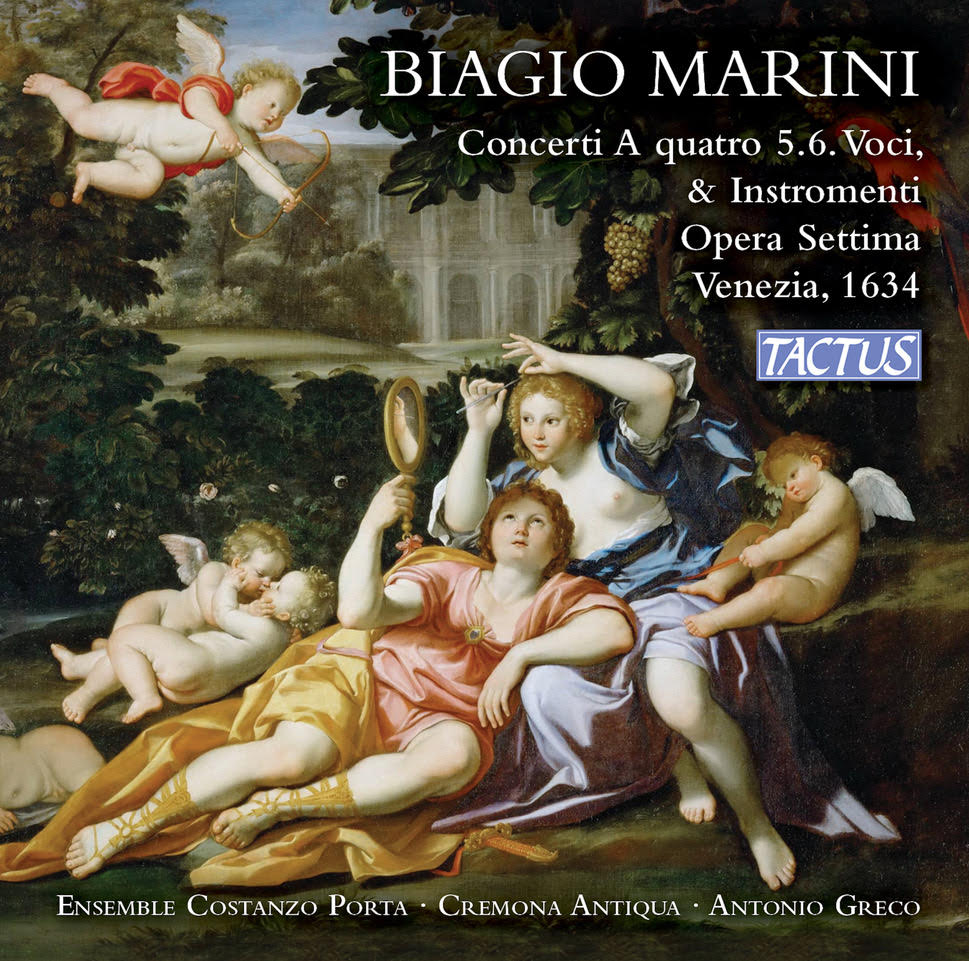Polyharmonique, L’arpa festante
138:00 (2 CDs in a card triptych)
Christophorus CHR 77435
This is an excellent recording of a great new discovery – probably the oldest surviving oratorio passion. Settings of the Passion according to Mark are rare in themselves, and this is a fascinating bridge between the older passion settings in the style of Schütz and the fully developed Passion Oratorios of J. S. Bach. Künstel (c. 1645–1694) seems to have had his musical formation in the court at Ansbach, but from 1684 was in the service of Duke Albrecht III at Coburg, where his Markuspaßion was frequently performed after his death. This substantial work (consisting of 99 numbers) was performed over two services on Maundy Thursday and the substantial Good Friday liturgy, including the motet Ecce quomodo moritur Justus by Jacobus Gallus.
The singers of Polyharmonique are headed by Hans-Jörg Mammel, who sings the measured music of the Evangelist accompanied by violoncello, organ and lute. Felix Rumpf, a baritone, sings the music of Jesus with the five-part string band (two violins, two violas and bass.) The vocal ensemble has two sopranos, two altos, two other tenors, another baritone and two basses who between them sing the character parts and the arias, together with the director, Alexander Schneider, nicely entitled primus inter pares.
What is especially interesting is the way in which the narrative and the character parts merge into arioso passages as well as the more formal choruses. And all of this is woven around Lutheran chorales, often sung by a solo voice and ensemble alternating line by line. It is as if the late style of Carissimi were transported into the German Lutheran world, while at times the instrumental sound is that of Buxtehude’s. The formulaic cadences of the Evangelist belie Künstel’s dramatic characterisation of Peter, Judas and the other parts, where the verses of their arias are interspersed with instrumental ritornelli. Melodic material is partly derived from the chorales, but the whole substantial two-day event breathes its own character.
No-one who is interested in the pre-history of the Bach oratorio passions should miss this. And it is not just a vital link in the historical chain; it is really good and characterful music, admirably performed. Singers do not wobble or need to over-sing; lines are clear and the dramatis personae are well-characterised; balances are excellent and the whole production has a coherence and intensity that I was not expecting.
This is an excellent first recording of this newly-discovered work, and if you learn from it as much as I did, you will be eternally grateful. This is an alpha production and deserves to be widely known and enjoyed.
David Stancliffe
